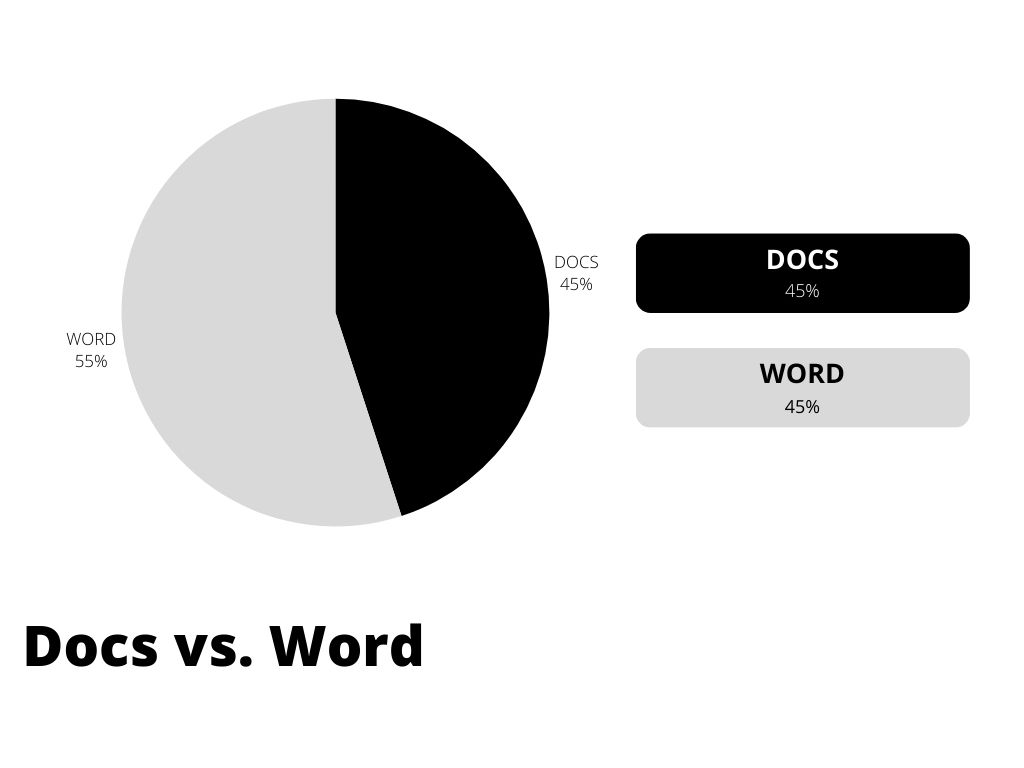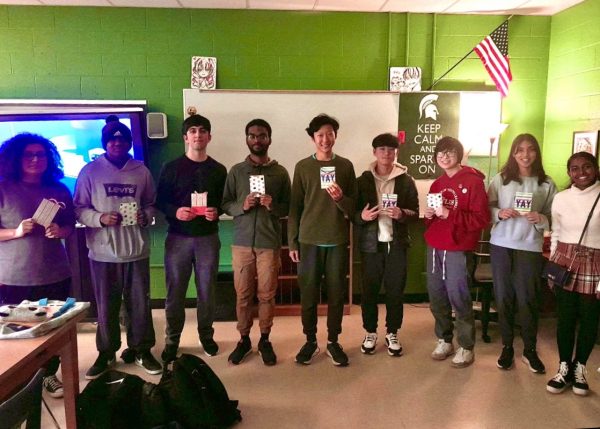Online language learning: opportunity or obstacle?

Learning is not only restricted to in-school learning but also all across the internet. Alexandra Shirley (10) recommends listening to podcasts in your language through Podbean.
With the world at students’ fingertips — or in this case keys — it may seem easy for them to learn a language with just the click of a button. Courses like Japanese, Chinese and Spanish are offered at White Station for students to expand their knowledge of culture and language through a classroom environment; however, the distance between students may prove difficult for some students due to the lack of in-person conversation.
“Engaging in conversation in Japanese is hard when we are all behind a screen,” Harrison Moffatt (11) said. “It’s much easier for me to talk to someone when they are next to me or at least in the same room as me.”
Independence, an important skill for language learning, is now more viable for students previously reliant on their teachers. While searching for ways to compensate for the lost benefits of in-person learning, some students have found helpful tools outside of school to aid them.
“Watching children’s shows in Spanish has made it easier for me to learn the language,” Lena Zeng (9) said. “Because the audience is younger kids, it’s easier to understand what they are saying, and the plots won’t be too complex, so even if you don’t understand a word, you still can figure out what is going on.”
Learning a language comes with a lot of repetition, and sometimes a word or phrase can become a staple in everyday conversation. In class, student’s may develop their own liking for a word or phrase and use it to their advantage.
“I like to use the phrase ‘まあ、人それぞれですよね’ which translates to ‘to each their own, I guess’ because I find myself in plenty of situations in which I disagree with the person I am talking to,” Moffatt said. “Nothing serious, I just use it when someone is talking about a show or movie that I may not have much interest in.”
For those who have committed themselves to learning more than what the class requires of them, a schedule for daily learning has pushed some students to become fluent faster.
“Everyday I listen to a [Chinese] podcast, and then I’ll listen to Chinese dramas if I’m cleaning my room, running or cycling,” Alexandra Shirley said. “Also, watching YouTube videos of people who are learning Chinese and those who go out in China to speak with natives speakers are really helpful.”
The last few months have taught students how to approach their language learning process, and each student has found their own way of achieving their desired goals.
“Besides the time I’m learning during class, I try to spend around 20 to 30 minutes doing self-study to add to my learning process,” Moffatt said. “Learning on my own time is a great way to speed up the time it takes to become fluent.”
Your donation will support the student journalists of White Station High School. Your contribution will allow us to purchase equipment and cover our annual website hosting costs.





































